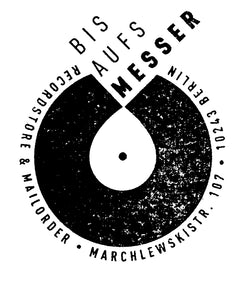Fast forward to 1961, the year the Indonesian government placed a ban on Western music, most specifically rock and roll, ostensibly to revive the traditional arts and have the country refocus on Indonesian ideals. Though, this attempt to reclaim, and in many ways conservatize, musical output had an unexpected musical outcome. In the early 70s the composer and choreographer Gugum Gumbira (1945-2020) took it upon himself to retrofit and creatively expand the core elements of ketuk-tilu into a contemporary form. One that would harness ketuk-tilu’s core dynamics and nod to the government’s pressure to revive traditional forms, while creating a fresh and socially acceptable art form where enticing movements, intimate topics and just the right degree sensuality had a collective musical expression. Born was jaipongan.
Fast forward to 1961, the year the Indonesian government placed a ban on Western music, most specifically rock and roll, ostensibly to revive the traditional arts and have the country refocus on Indonesian ideals. Though, this attempt to reclaim, and in many ways conservatize, musical output had an unexpected musical outcome. In the early 70s the composer and choreographer Gugum Gumbira (1945-2020) took it upon himself to retrofit and creatively expand the core elements of ketuk-tilu into a contemporary form. One that would harness ketuk-tilu’s core dynamics and nod to the government’s pressure to revive traditional forms, while creating a fresh and socially acceptable art form where enticing movements, intimate topics and just the right degree sensuality had a collective musical expression. Born was jaipongan.

